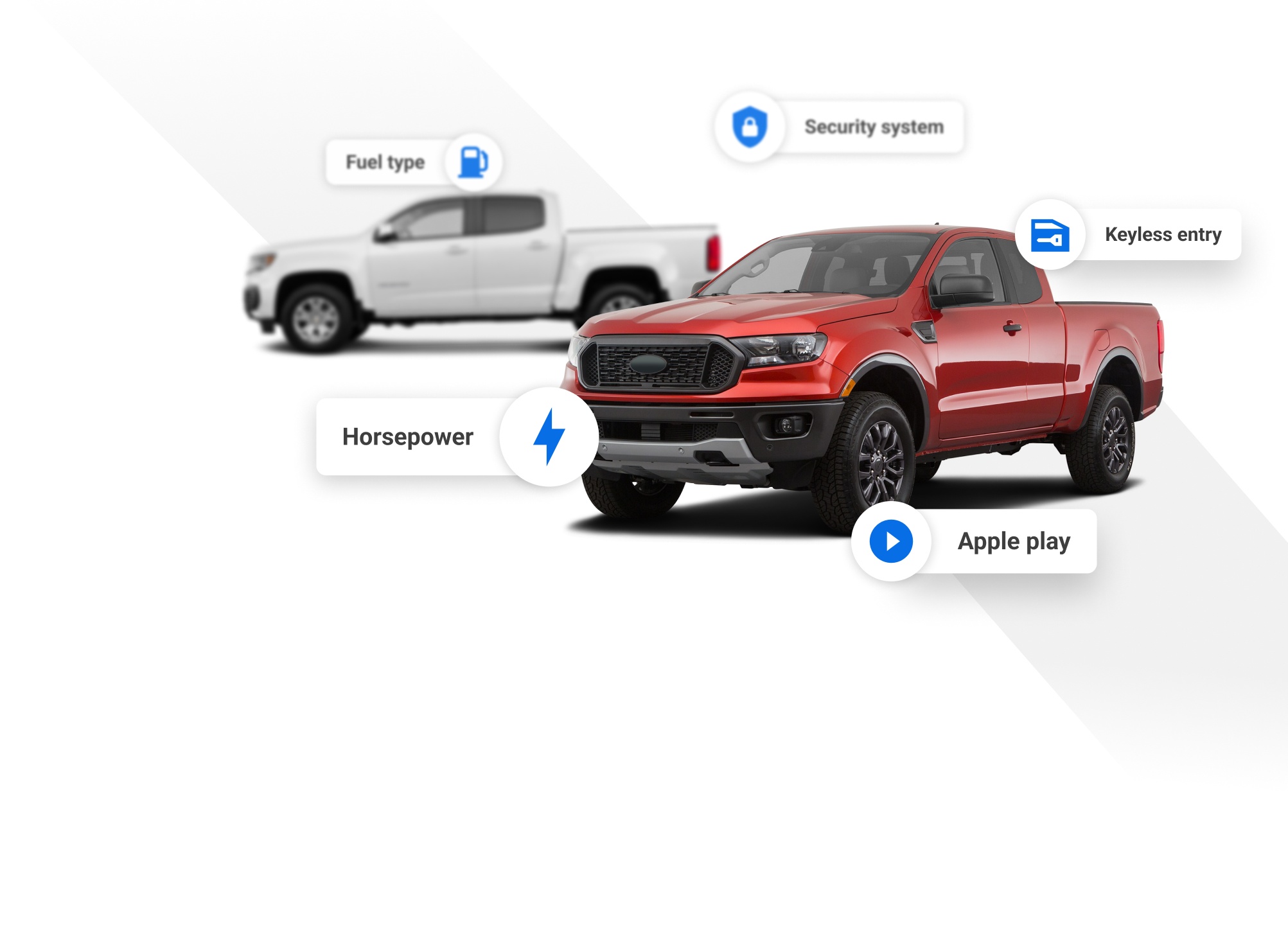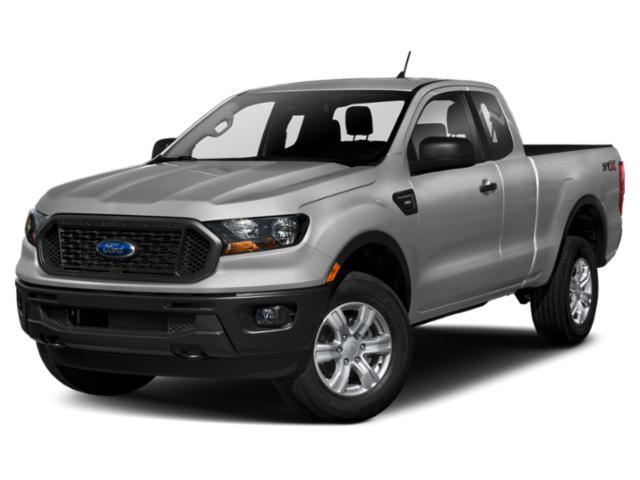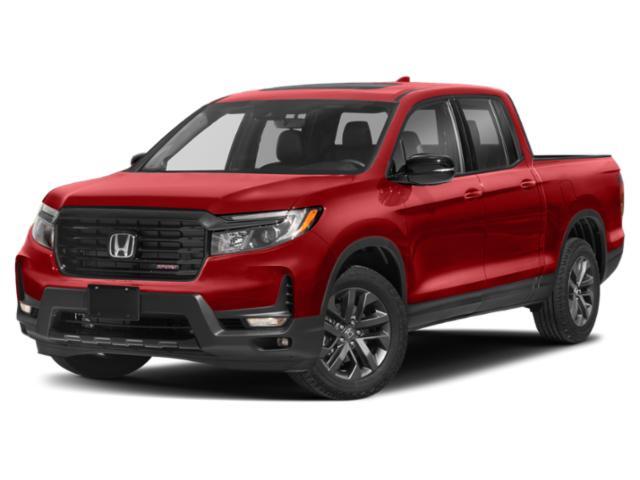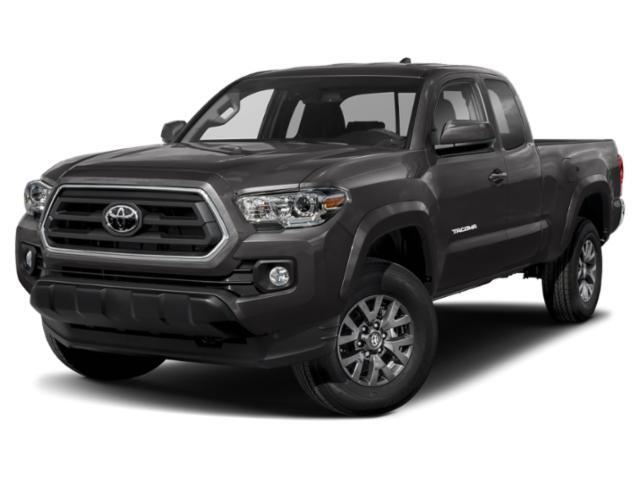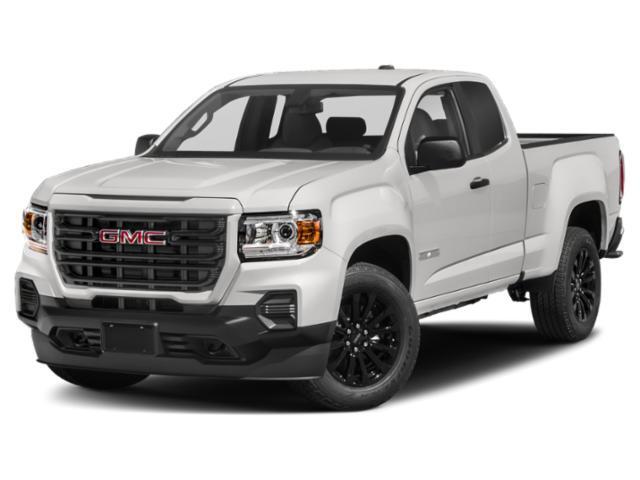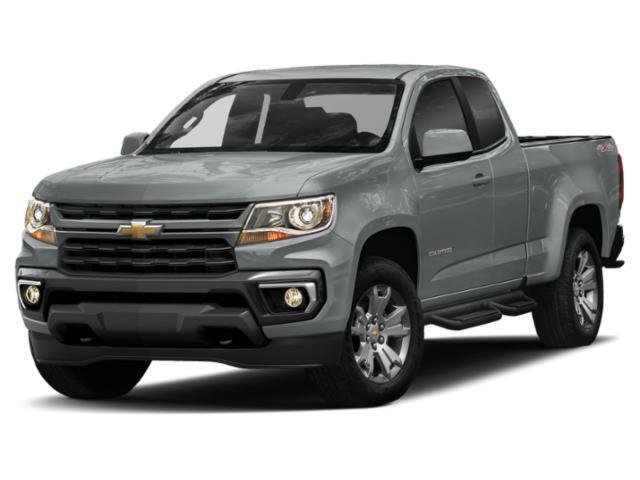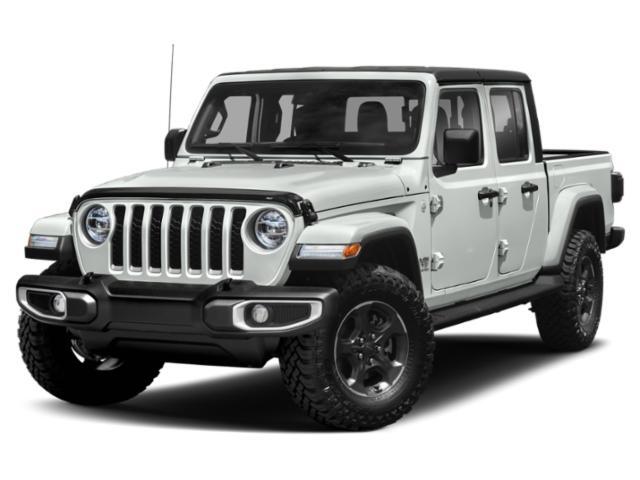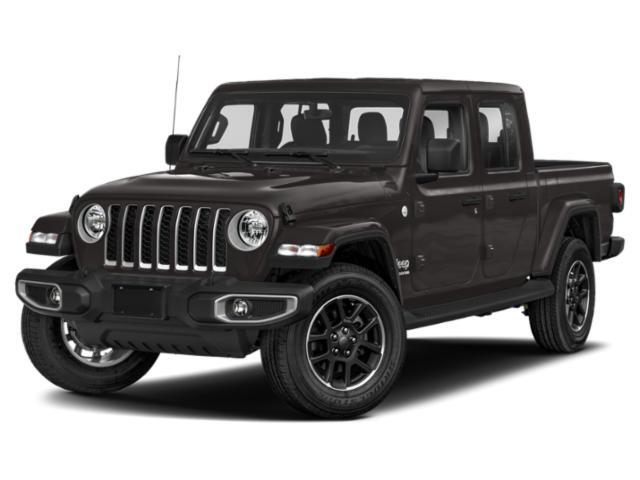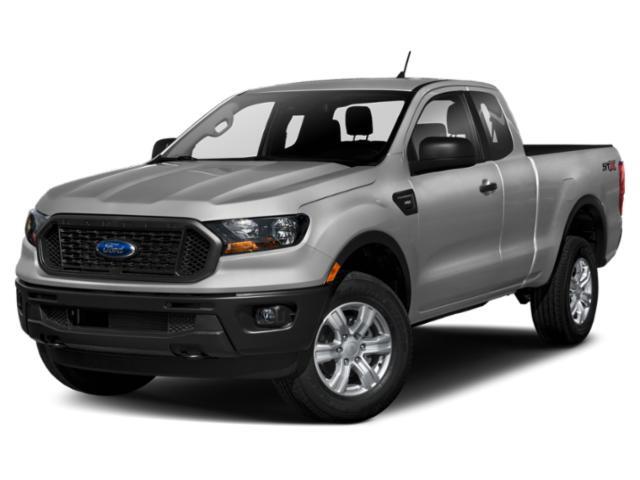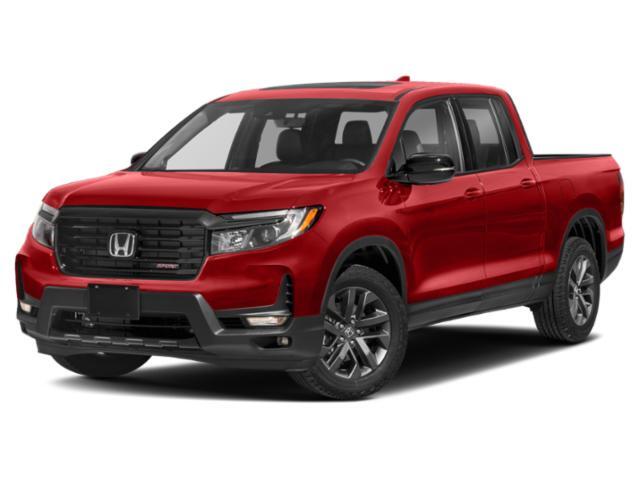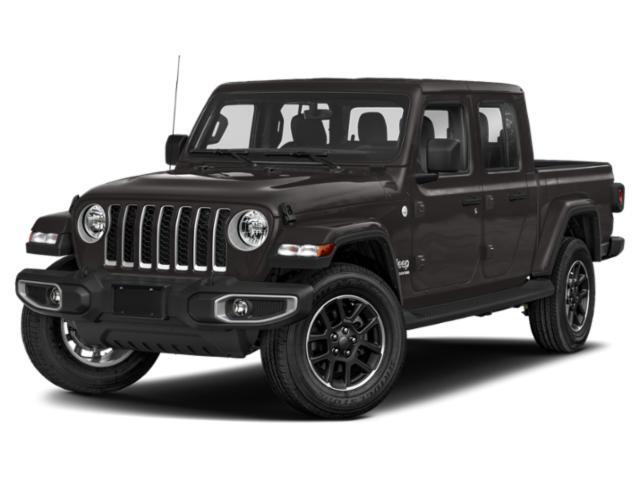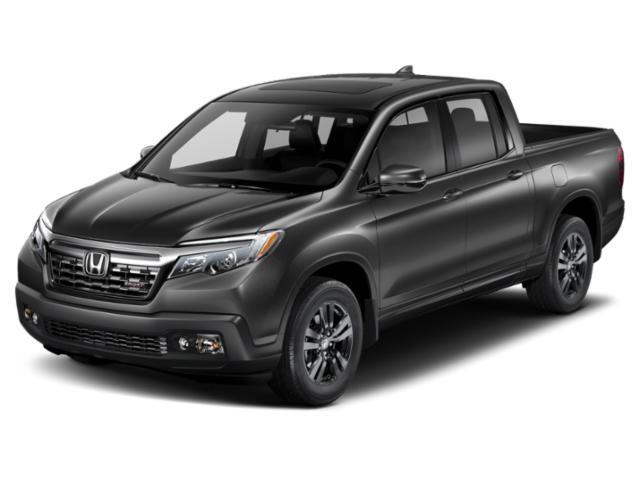
2021 Jeep Gladiator

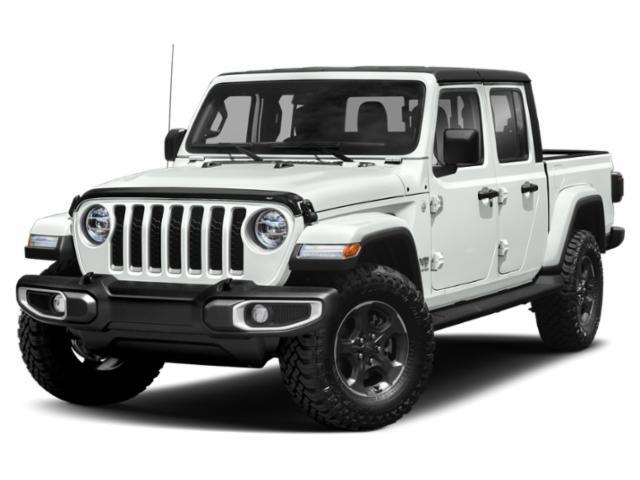
Key Specifications for 2021 Jeep Gladiator






Buyer’s Guide
Overview
Introduced in 2020, the Gladiator is Jeep’s first pickup truck model in many years. It’s based heavily on the Wrangler SUV with a few structural modifications to help it better stand up to the towing and payload expectations of pickup truck drivers.
What’s New/Key Changes From Last Year
New for 2021 is a diesel engine option available across the Gladiator’s trim level range.
Also new is an 80th Anniversary option package, and a Willys package that adds off-road capability. Gladiator Overland can now be had with a forward-facing TrailCam to give the driver a better view of what they’re about to drive over.
Jeep has also made full-time four-wheel drive available in every trim, and Jeep has shuffled a few options around for wider availability of some of the Gladiator’s more popular extras.
Available Trims
Jeep offers the Gladiator in Sport S, Willys, 80th Anniversary, Overland, High Altitude, Rubicon and Mojave trim levels. All are standard with a 3.6L V6 engine that options to a 3.0L turbodiesel regardless of trim. Transmission choices are a six-speed manual and an eight-speed automatic.
Standard Features
Sport S trim’s functional features start with Command-Trac part-time, shift-on-the-fly 4x4, cargo tie-down loops, fuel tank and transfer case skid plates, keyless entry, and a Class II trailer hitch receiver with wiring harness.
Outside, the Gladiator Sport S is dressed with heated side mirrors, automatic on/off headlights, fog lights, soft convertible top, and 17-inch aluminum wheels.
Inside, the basic package brings cloth upholstery, manual front seat adjustments, passenger assist handles, power door locks, a leather-trimmed steering wheel, push-button engine start, an integrated garage door remote, automatic A/C, a 7.0-inch gauge cluster display, a 7.0-inch infotainment touchscreen, an eight-speaker stereo, LED ambient interior lighting, Bluetooth, and Apple CarPlay and Android Auto smartphone connectivity.
Standard advanced safety kit is limited to tire pressure monitoring.
Willys trim adds a limited-slip rear differential, black 17-inch wheels, black grille finish, all-weather floor mats, and various other exterior trim distinctions.
Overland models give up the Willys’ limited slip differential and bring an upgraded alternator, a 400-watt power inverter with a 115-volt power outlet, a three-piece removable hard top, and 18-inch wheels.
The 80th Anniversary package adds off-road pages accessible through the infotainment system. It also reverts to lesser models’ soft convertible roof. There are also Berber floor mats, an 8.4-inch touchscreen, and an Alpine sound system.
Rubicon trim gains Rock-Trac heavy-duty part-time 4WD, heavy-duty suspension, Fox shock absorbers, underbody skid plates, locking front and rear axles, a front disconnecting sway bar, off-road plus drive mode, 17-inch wheels with all-terrain tires, and premium cloth upholstery. Rubicon also reverts to the Overland’s standard stereo and smaller infotainment display.
Mojave models go back to the Command-Trac 4WD system and give up the disconnecting front sway bar but gain Fox shocks with external reservoirs, a performance hood, gloss black 17-inch wheels, unique cloth upholstery, and a perforated leather-trimmed steering wheel.
High Altitude trim gives up some of the previous models’ off-road enhancements but regains the removeable hard top and brings a sport suspension, LED headlights, LED fog lights, body-colour door handles, 20-inch wheels, heated/leather-trimmed seats, an 8.4-inch infotainment screen, Alpine stereo, a heated steering wheel, blind spot monitoring, rear park assist, remote engine start, and passive keyless entry.
Key Options
A safety group brings blind spot monitoring, rear cross-traffic alert, LED taillights, and rear parking sensors. An advanced safety group adds automatic high beams and forward collision warning with active braking.
A cold weather group adds a heated steering wheel; there’s an LED exterior lighting group; and a trailer tow pack gains an upgraded alternator, a Class IV hitch, and heavy-duty engine cooling.
Finally, you can add a dual-top package.
Fuel Economy
Jeep’s fuel consumption estimates start at 10.8/8.5 L/100 km (city/highway) with the diesel engine and automatic transmission.
Models with the 3.6L gas engine are rated at 13.7/10.7 L/100 km with the automatic transmission, and 14.3/10.4 in manual-transmission versions.
Competition
Jeep’s key competitors are off-road specialized versions of the Chevrolet Colorado and GMC Canyon, the Ford Ranger, Toyota Tacoma, and Nissan Frontier. The mid-size pickup segment’s other member is the Honda Ridgeline, but it can’t compare to the Gladiator’s off-road capability.
Review & Compare:
Photos

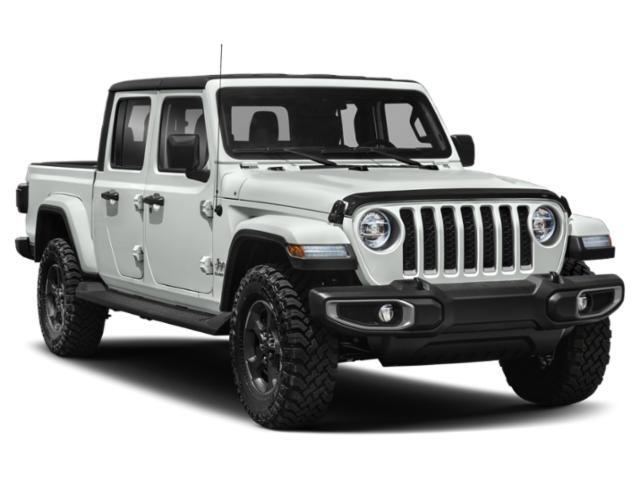
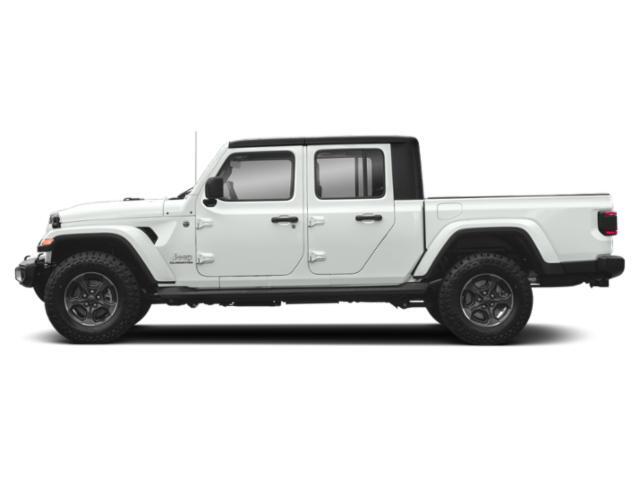
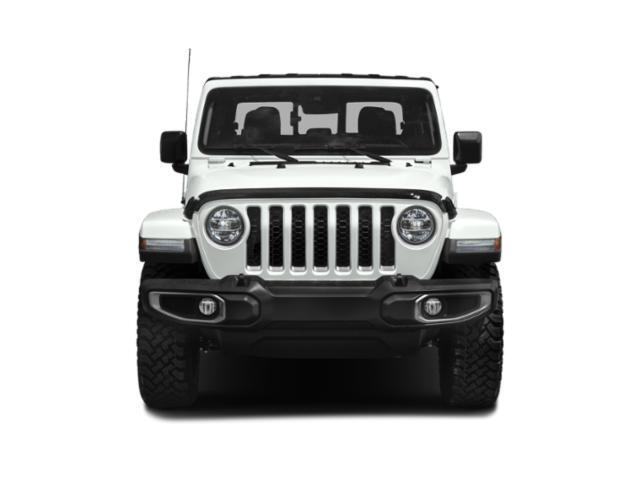
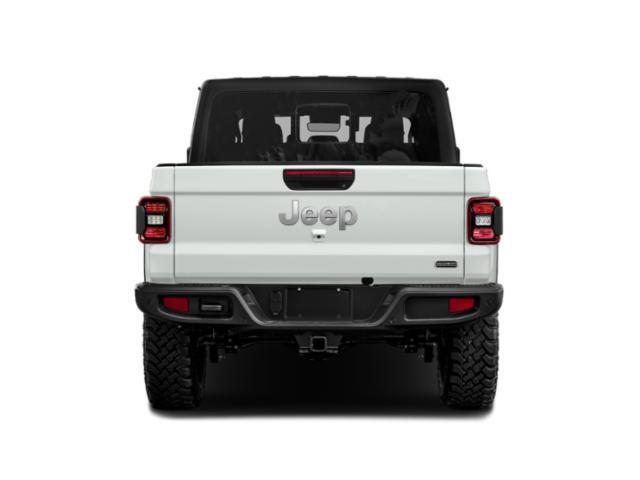
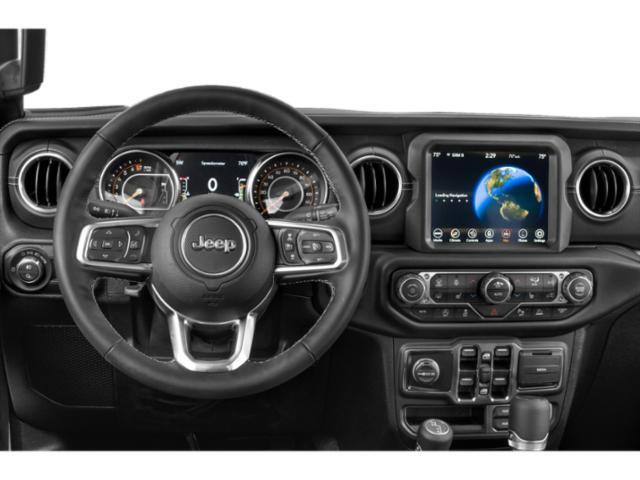
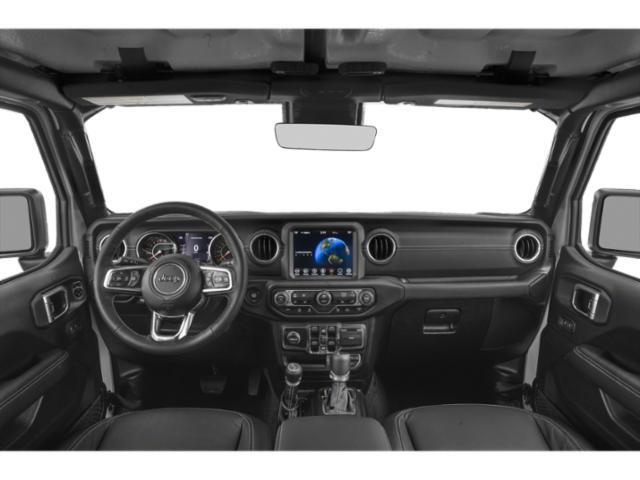
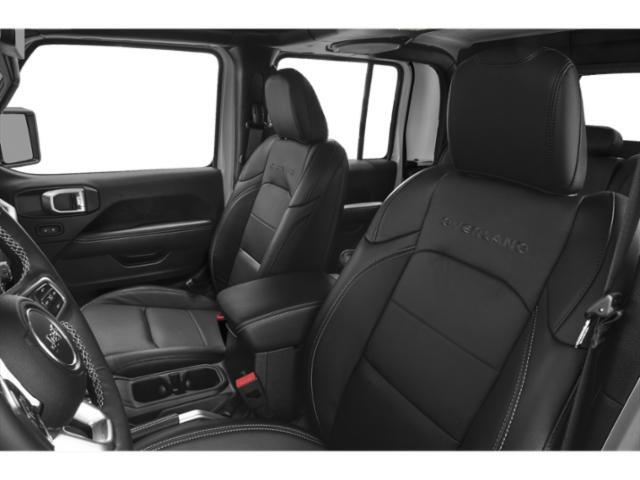
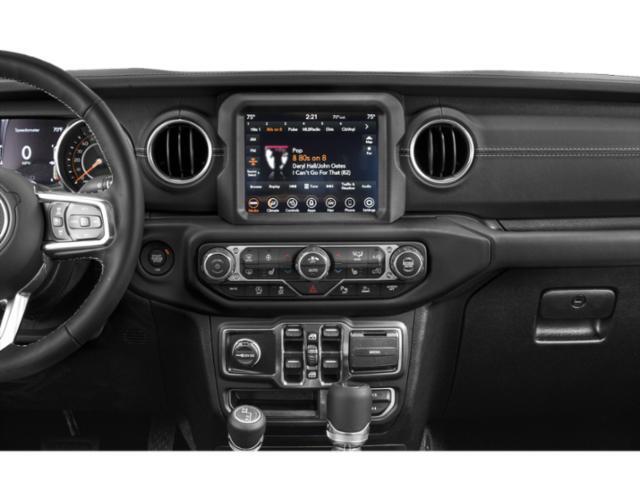

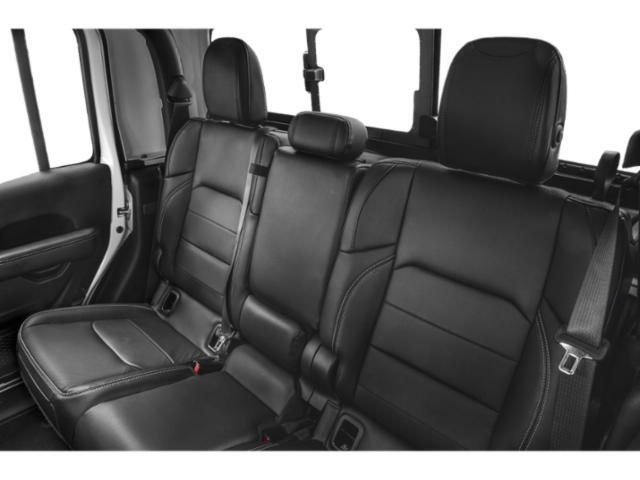
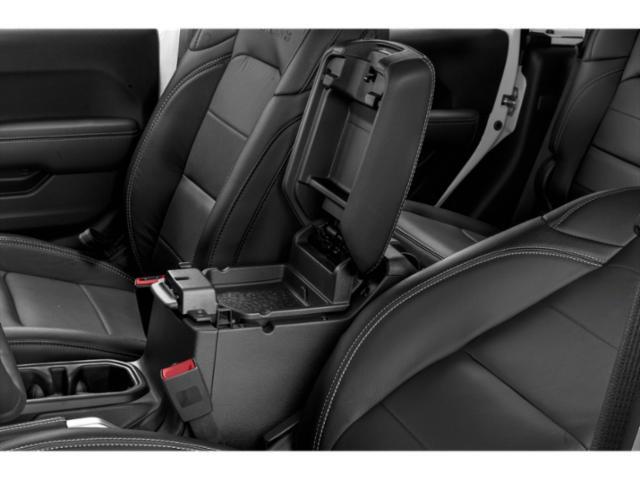


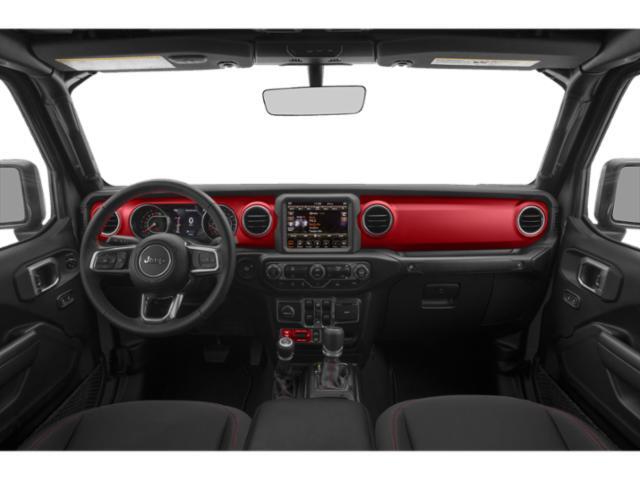
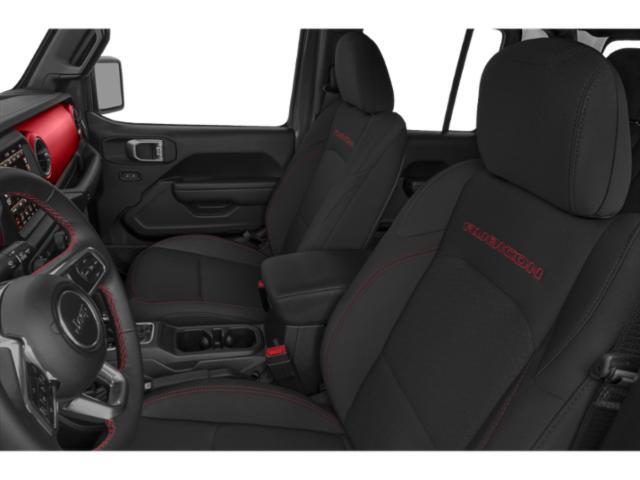
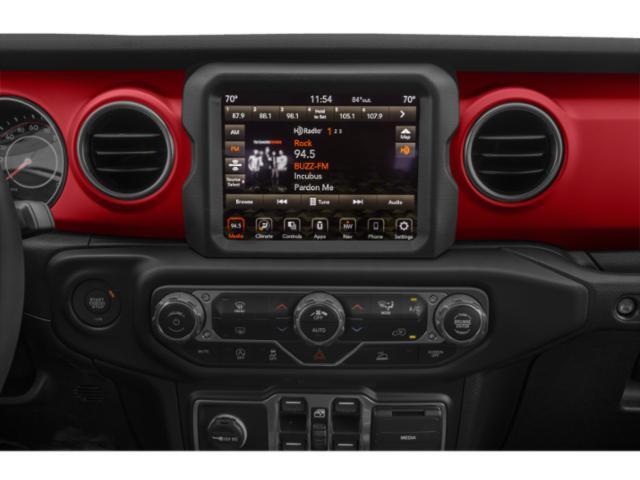
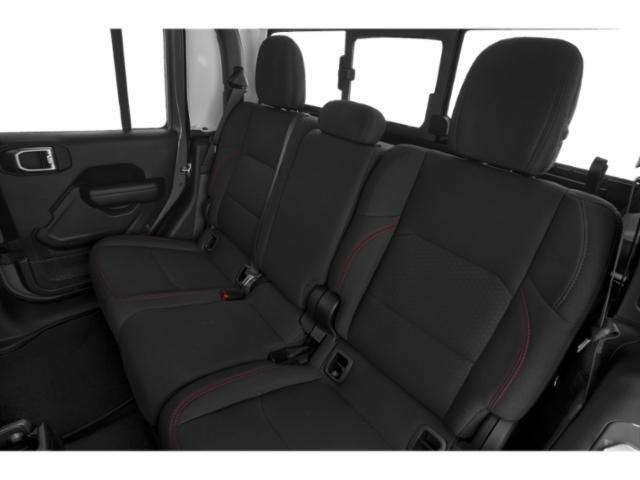
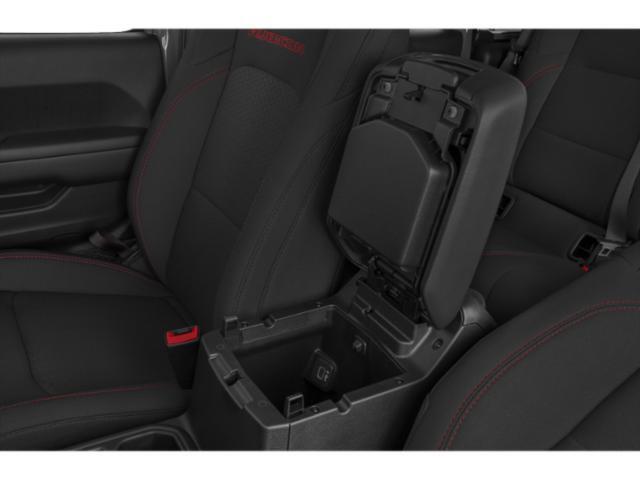
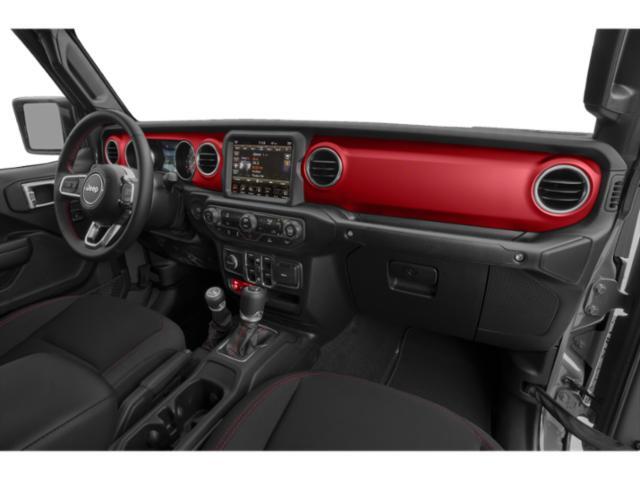




















AutoTrader Review





